Rotating Water Container CFD: A Fluent Validation Tutorial
Rotating Water Container CFD: A Fluent Validation Tutorial
- Upon ordering this product, you will be provided with a geometry file, a mesh file, and an in-depth Training Video that offers a step-by-step training on the simulation process.
- For any more inquiries regarding the product, please do not hesitate to reach out to us at info@CFDLAND.com or through our online support assistant.
€160 Original price was: €160.€135Current price is: €135.
When a container of water spins, an interesting thing happens: the flat water surface curves into a shape called a paraboloid. This phenomenon is a direct result of centrifugal force. A rotating water container CFD simulation allows us to visualize this effect and, more importantly, to prove that our computer model is accurate. This report details a CFD simulation aimed at performing a precise rotating water container CFD Validation. We will compare our simulation results directly against the well-established analytical solution for the free surface shape of a rotating fluid [1]. This validation confirms that our simulation method is reliable for more complex rotating machinery problems.
Reference [1]: The analytical solution for the free surface of a rotating fluid is given by the equation:
![]()
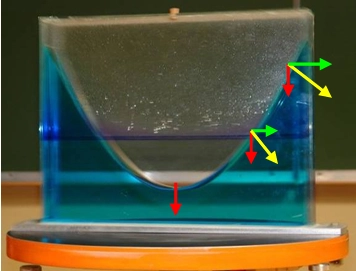
Figure 1: Diagram showing the balance of forces on a fluid particle in a rotating container.
Simulation process: Modeling the Rotating Container Fluent Simulation
The simulation was performed in ANSYS Fluent using a 3D model of a cylindrical container partially filled with water, with air in the space above. To accurately track the precise line between the air and water, the Volume of Fluid (VOF) multiphase model was used.
A key aspect of this rotating container CFD simulation is modeling the rotation itself. Instead of using a complex dynamic mesh that has to move and deform, a much more efficient and stable method was used: the Rotating Reference Frame (RRF). This technique keeps the mesh perfectly still but applies the mathematical effects of rotation (like centrifugal and Coriolis forces) to the fluid. The simulation was run as transient to watch the parabolic surface develop over time until it reached its final, stable shape.
Where z® is the height of the water surface at radius r, ω is the angular velocity, g is the gravitational acceleration (9.81 m/s²), and z₀ is the height at the center (h). This equation describes the paraboloid of revolution that forms when the water rotates at constant speed.
Post-processing: Engineering Analysis: Validating the Cause to Trust the Effect
The simulation results provide a clear and fully substantiated story that begins with validating the core physics. The primary “cause” in this system is the rotation of the container. This rotation creates an outward-pushing centrifugal force on every particle of water. The “effect” of this force is the deformation of the water’s free surface from a flat plane into a curved paraboloid. The ultimate test of our simulation is whether it can accurately replicate this cause-and-effect relationship. Figure 2 is the core of our validation. It plots the final height of the water surface from our CFD simulation (the black dots) directly against the exact shape predicted by the analytical equation (the blue circles). The match is nearly perfect, with an error of less than 1%. This excellent agreement proves that our RRF model is correctly applying the centrifugal force (the cause) and provides complete confidence that the visual results of the simulation are physically accurate.
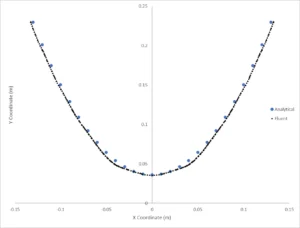
Figure 2: The validation plot showing a near-perfect match between the Rotating Water Container Fluent simulation and the analytical solution [1].
With our model now rigorously validated, we can analyze the detailed flow physics it reveals. The volume fraction contour in Figure 3 is the visual proof of the validated “effect.” It shows the final, stable paraboloid shape, which is the direct result of the balance between the outward centrifugal force and the downward force of gravity. The water level is lowest at the center of rotation (x=0) and rises to its highest point at the container walls, where the radius and thus the centrifugal force are greatest. The sharp, clear interface between the water (red) and air (blue) demonstrates the power of the VOF model to track a free surface with high precision. This animation shows the water initially sloshing before settling into its final, smooth parabolic curve, a dynamic detail that an analytical solution cannot capture. The most significant achievement of this study is the successful validation of the CFD model against a precise analytical solution, proving with exceptionally low error that the simulation can accurately model the centrifugal forces (the cause) to predict the resulting free-surface paraboloid shape (the effect), establishing it as a trusted tool for designing complex rotating systems.
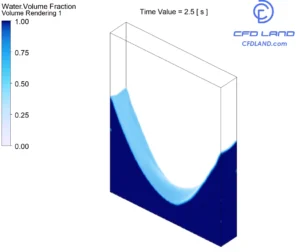
Figure 3: The VOF volume fraction contour at steady-state, showing the final parabolic shape of the water surface.
We pride ourselves on presenting unique products at CFDLAND. We stand out for our scientific rigor and validity. Our products are not based on guesswork or theoretical assumptions like many others. Instead, most of our products are validated using experimental or numerical data from valued scientific journals. Even if direct validation isn’t possible, we build our models and assumptions on the latest research, typically using reference articles to approximate reality.
Yes, we’ll be here . If you have trouble loading files, having technical problems, or have any questions about how to use our products, our technical support team is here to help.
You can load geometry and mesh files, as well as case and data files, using any version of ANSYS Fluent.
€145 Original price was: €145.€65Current price is: €65.

€220 Original price was: €220.€125Current price is: €125.

€155 Original price was: €155.€99Current price is: €99.

€190 Original price was: €190.€145Current price is: €145.

€330 Original price was: €330.€199Current price is: €199.


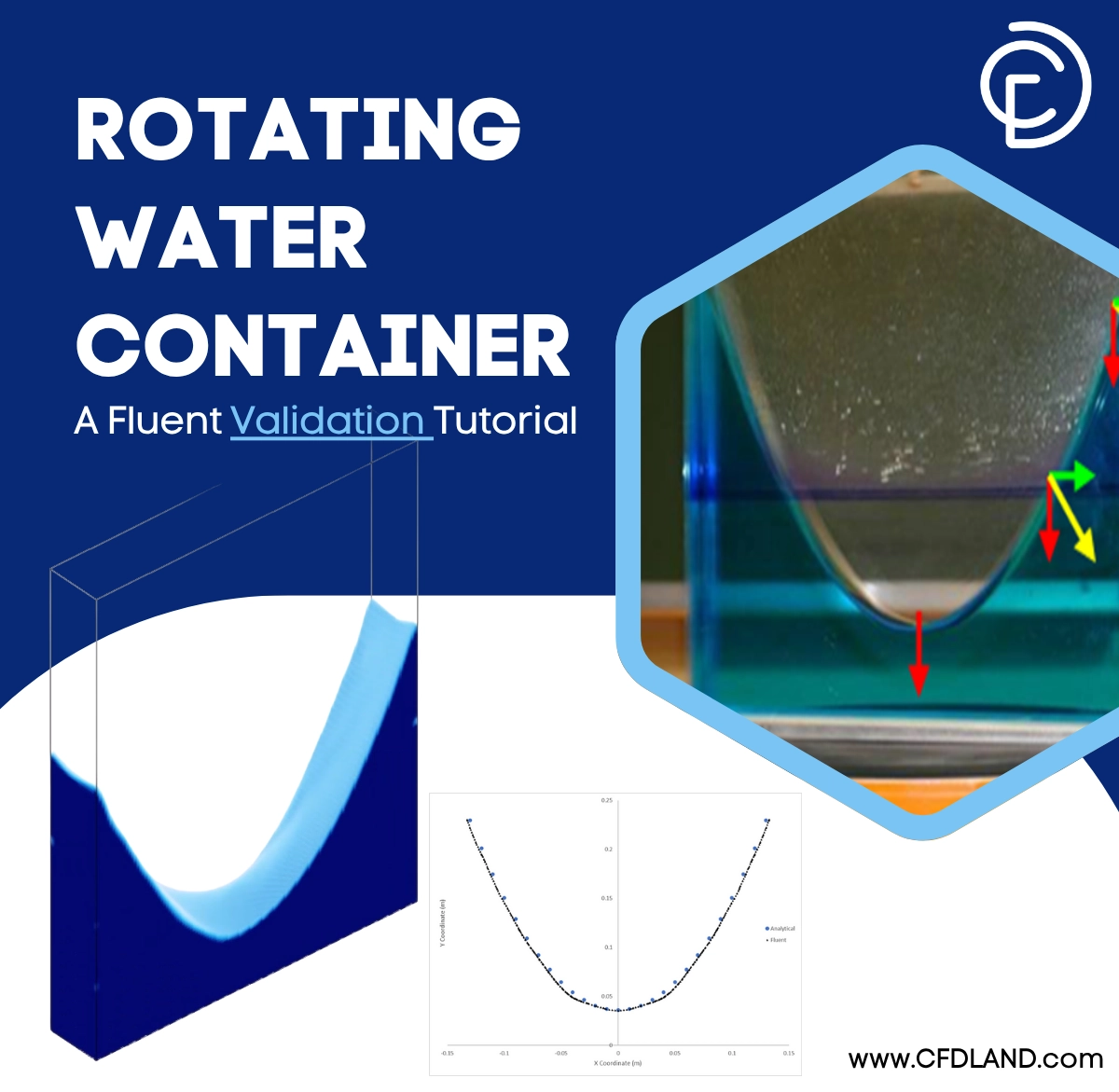









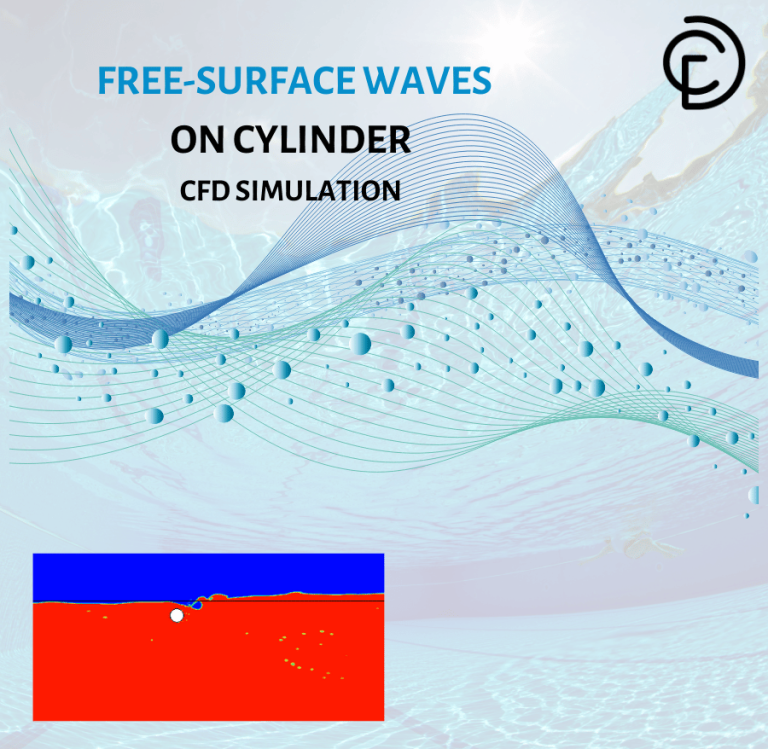
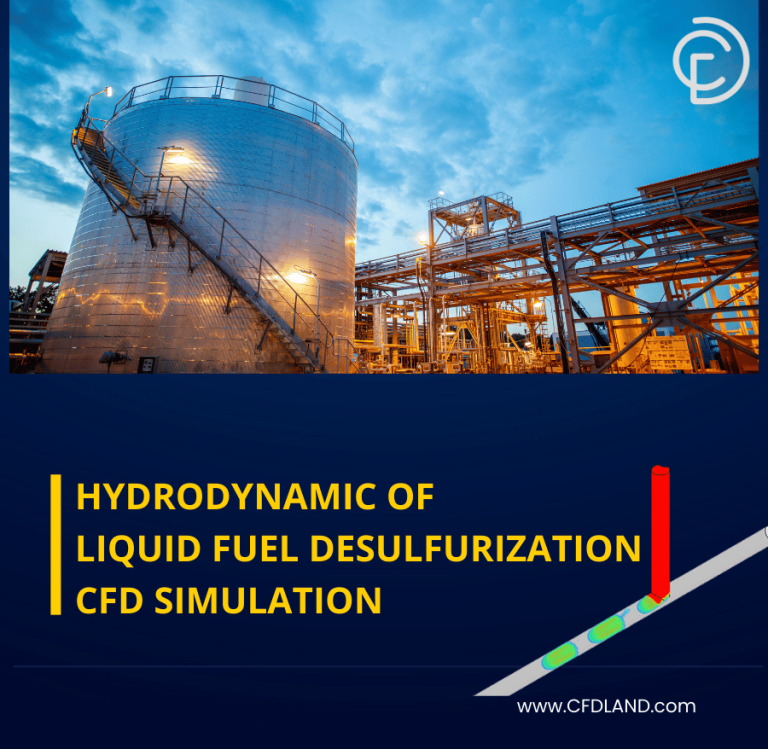
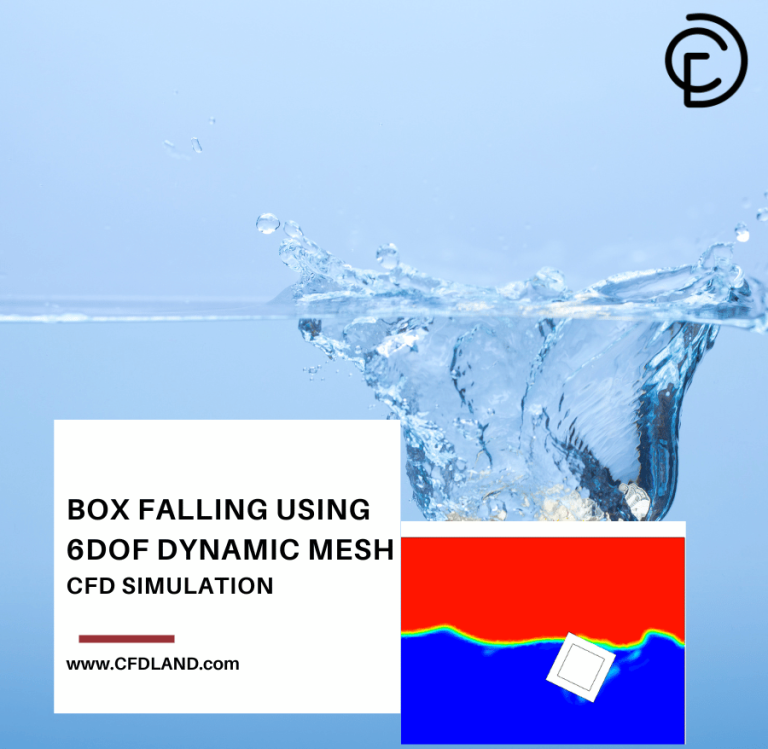
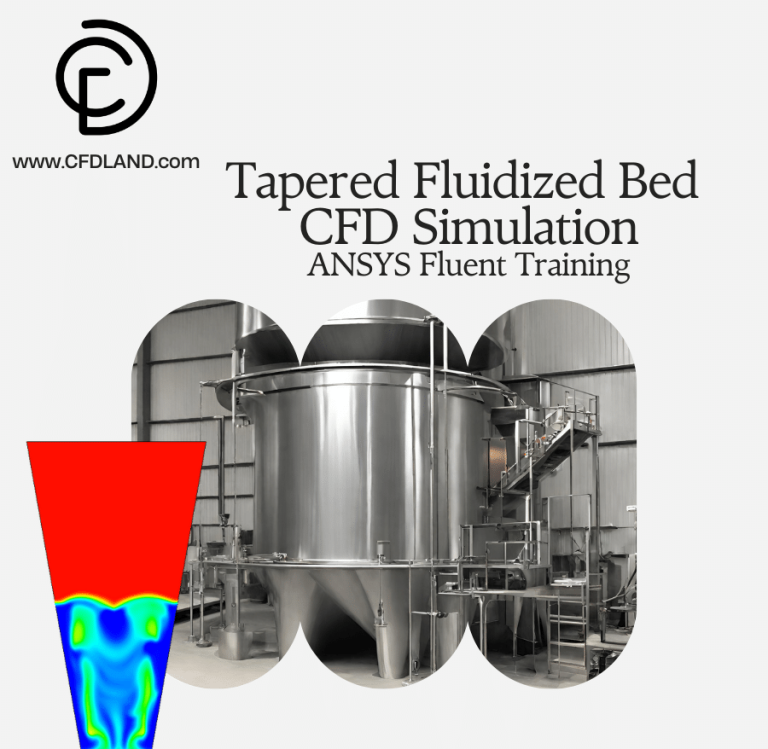
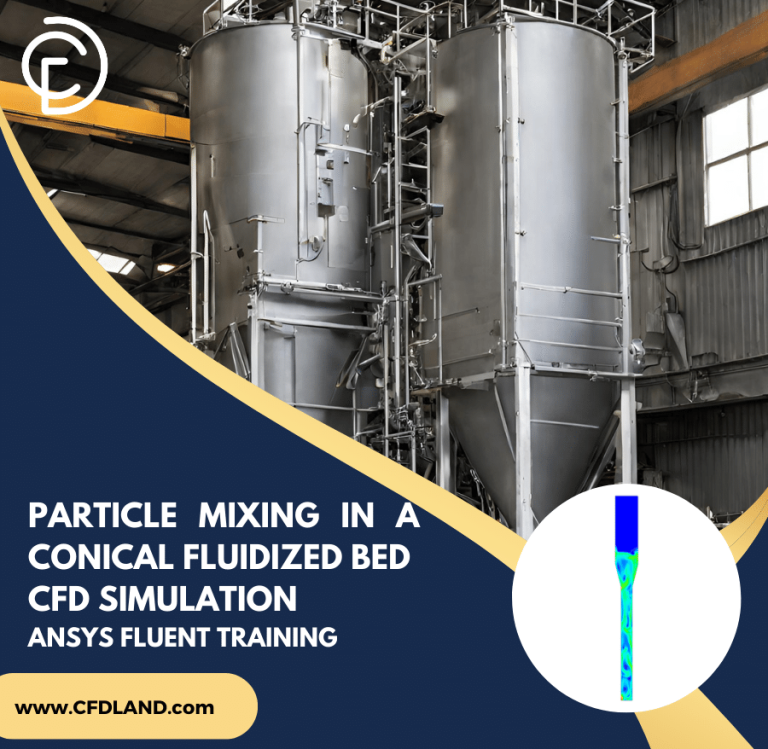
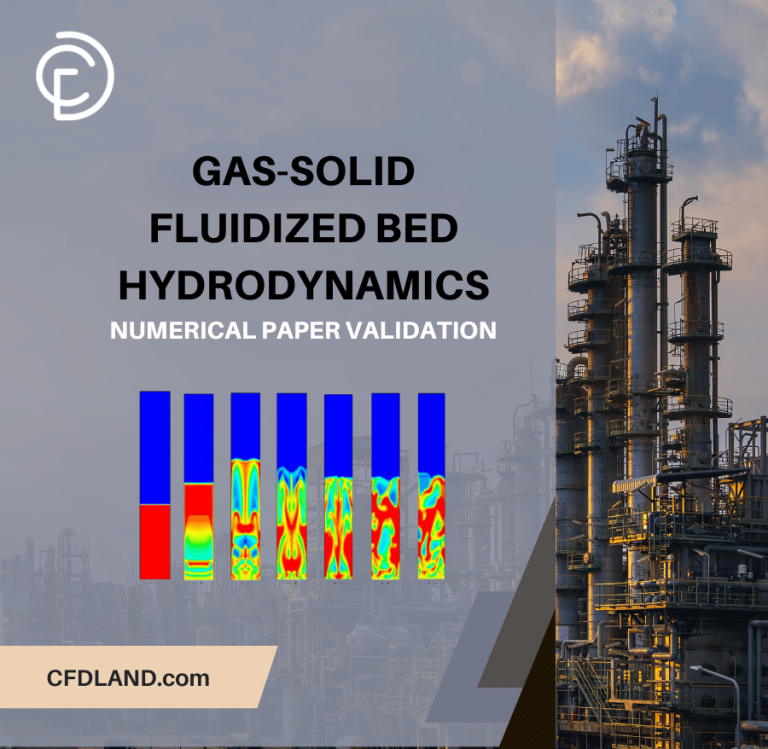
Reviews
There are no reviews yet.